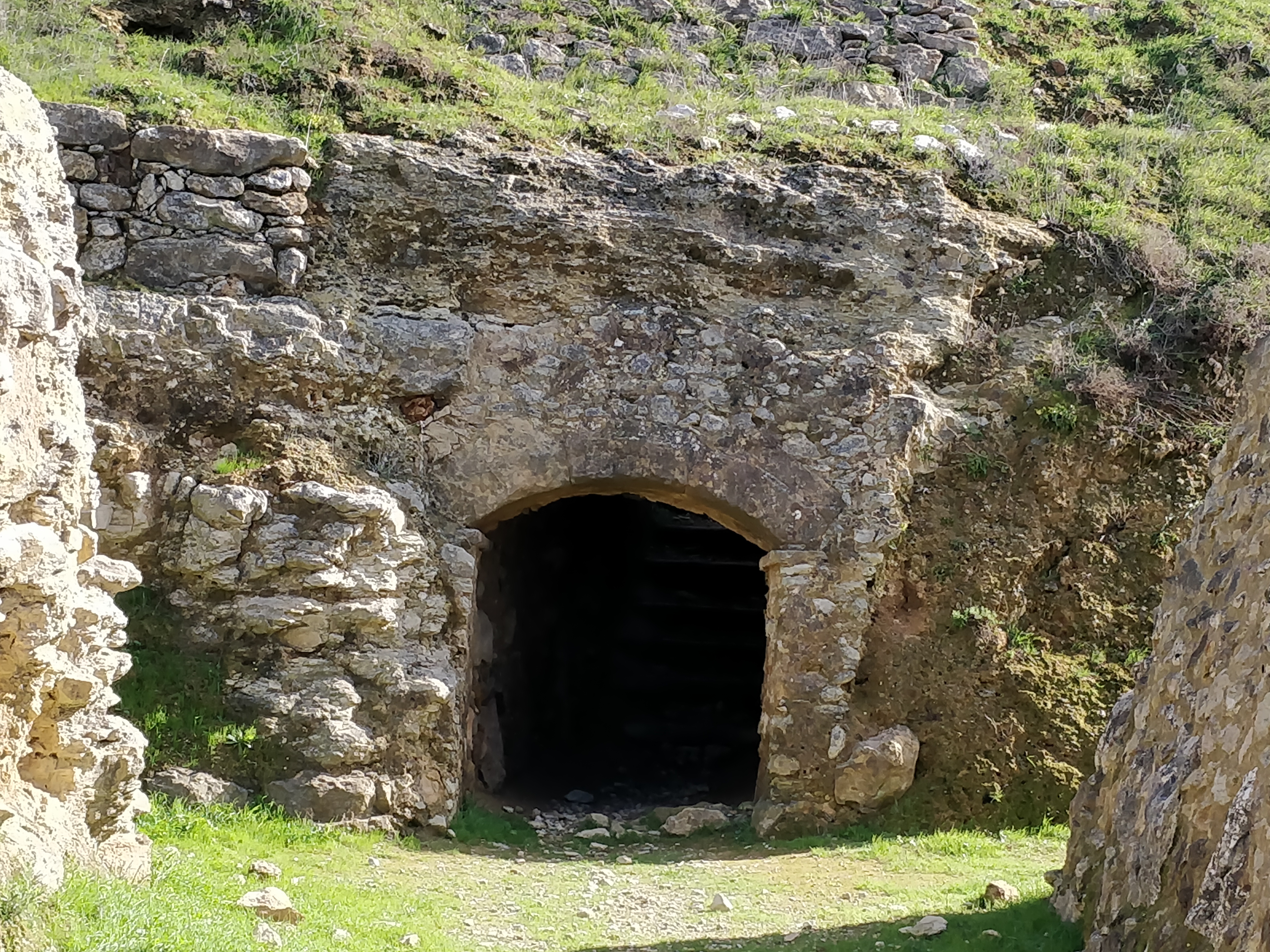Fort Of Zambujal on:
[Wikipedia]
[Google]
[Amazon]
The Fort of Zambujal, also referred to as the Fort of Casas Velhas, is located near the town of Zambujal-Casas Velhas, in the parish of Carvoeira, municipality of 


Friends of the Lines of Torres Vedras
Mafra
Mafra is a Czech media group that publishes printed and internet media, headquartered in Prague, Czech Republic. It is a subsidiary of Agrofert holding conglomerate owned by trust of Andrej Babiš, the former Prime Minister of the Czech Repu ...
, Lisbon District
Lisbon District ( pt, Distrito de Lisboa, ) is a district located along the western coast of Portugal. The district capital is the city of Lisbon, which is also the national capital. From its creation until 1926, it included the area of the cur ...
, Portugal
Portugal, officially the Portuguese Republic ( pt, República Portuguesa, links=yes ), is a country whose mainland is located on the Iberian Peninsula of Southwestern Europe, and whose territory also includes the Atlantic archipelagos of ...
. Constructed in 1809–10, at 102 metres above sea level, it was one of the forts and other military works built by British and Portuguese troops to protect Lisbon from French forces, forming part of the Second Line of defence of the so-called Lines of Torres Vedras
The Lines of Torres Vedras were lines of forts and other military defences built in secrecy to defend Lisbon during the Peninsular War. Named after the nearby town of Torres Vedras, they were ordered by Arthur Wellesley, Viscount Wellington, ...
. Each work was given a number and Zambujal was No. 95.

History
The threat of invasion of Portugal by the French during thePeninsular War
The Peninsular War (1807–1814) was the military conflict fought in the Iberian Peninsula by Spain, Portugal, and the United Kingdom against the invading and occupying forces of the First French Empire during the Napoleonic Wars. In Spain ...
(1807–14) led to the construction of the Lines of Torres Vedras, to protect Lisbon from Napoleon, Napoléon Bonaparte's troops. The defences were ordered by the British commander, the Arthur Wellesley, 1st Duke of Wellington, Duke of Wellington after two French invasions had already been repelled. By so doing he was also seeking to protect his own retreat and possible evacuation if overwhelmed by French forces. The fort was built on a hill, allowing it to defend the surrounding gorge and valley and the road from Ericeira to Sintra. A third French invasion, headed by Marshal André Masséna, advanced to the Lines of Torres Vedras but could not pass them and after five months the French troops were forced to retreat. At its peak the fort was garrisoned by 250 soldiers and equipped with two cannon.
Built into rock the stronghold of the fort has a hexagonal design and is surrounded by a moat. It was built with a pronounced bastion for the cannon, connected to the stronghold by a tunnel through the rock. In 2009 archaeological excavations were carried out to analyze the construction techniques used. In the same year conservation and restoration works to control erosion and restore the fort were also carried out using funds from the EEA and Norway Grants, European Economic Area Financial Mechanism allocated to restoration of the Lines of Torres Vedras.


See also
*List of forts of the Lines of Torres VedrasReferences
{{stack, {{Portal, Portugal Forts in Portugal, Zambujal National monuments in Lisbon District Lines of Torres VedrasExternal links
Friends of the Lines of Torres Vedras